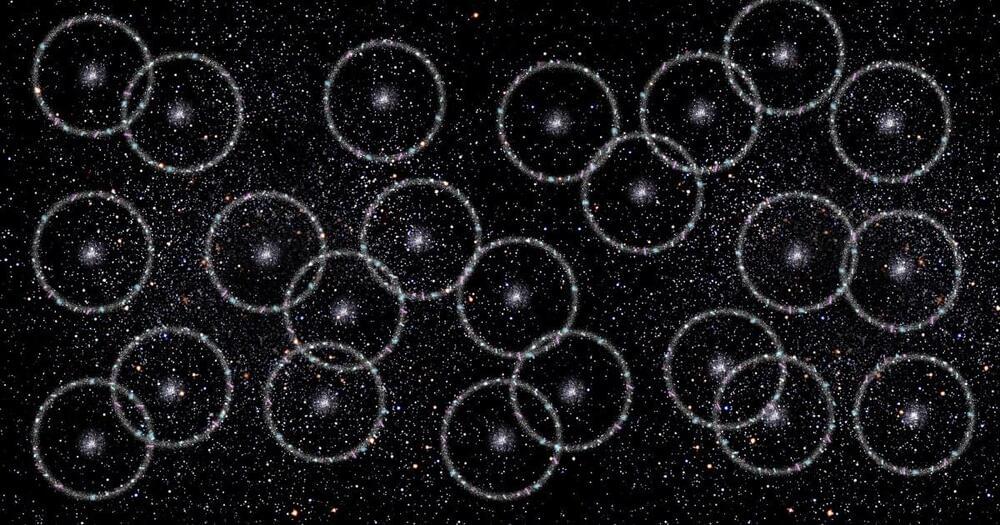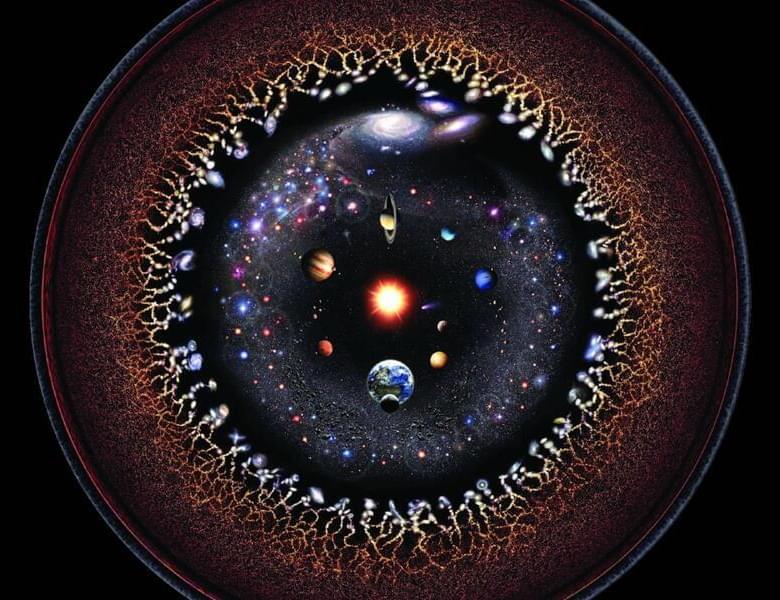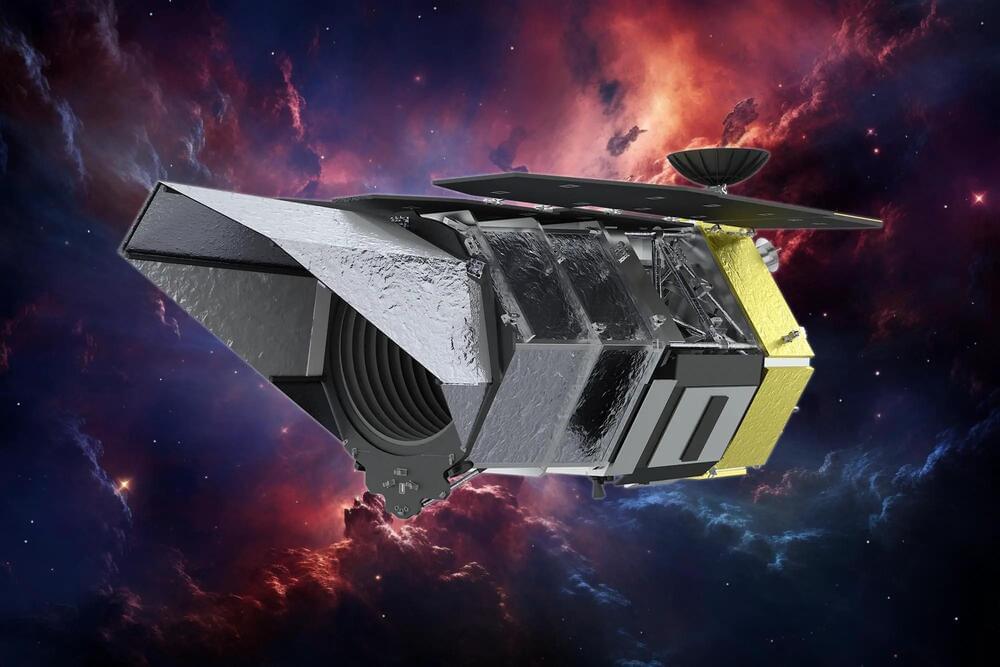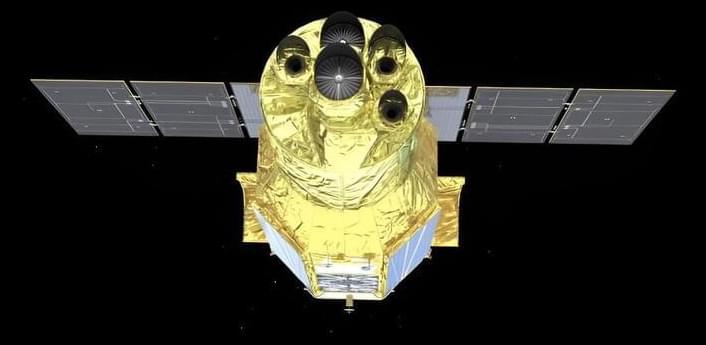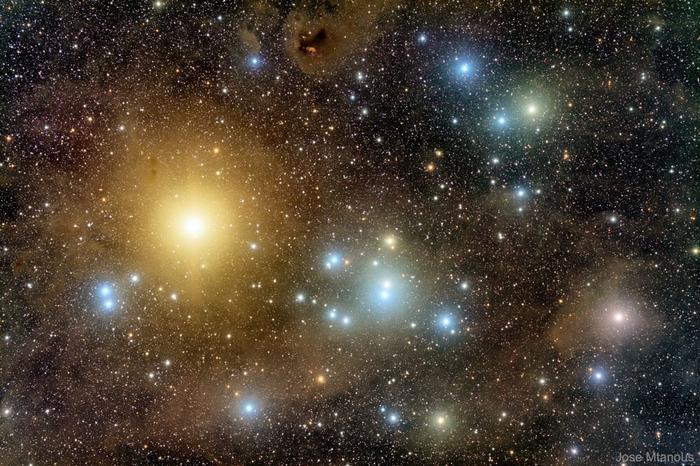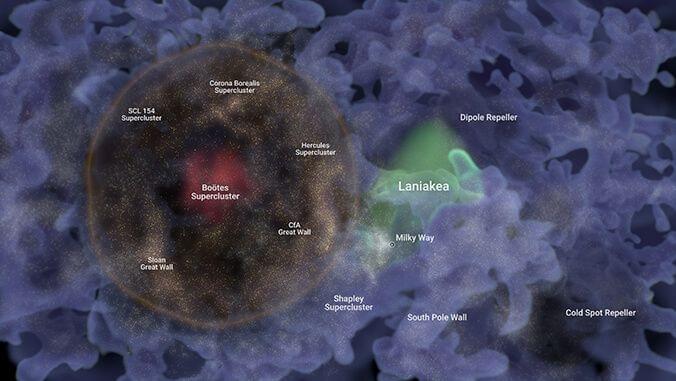Atomic clocks are the most accurate timekeeping instruments we have. A new study proposes a way to use the instruments’ mind-blowing level of precision to detect the tiniest of energy fluctuations, potentially giving scientists a way to observe some types of dark matter.
Dark matter continues to prove elusive: though we haven’t observed it directly, we can see its effects on the Universe. Frustratingly, there is nothing in our current models of physics to explain what we see.
Here, researchers from the University of Sussex and the National Physical Laboratory in the UK have suggested using atomic clocks to detect certain low-mass particles theorized to potentially make up this mysterious material.

